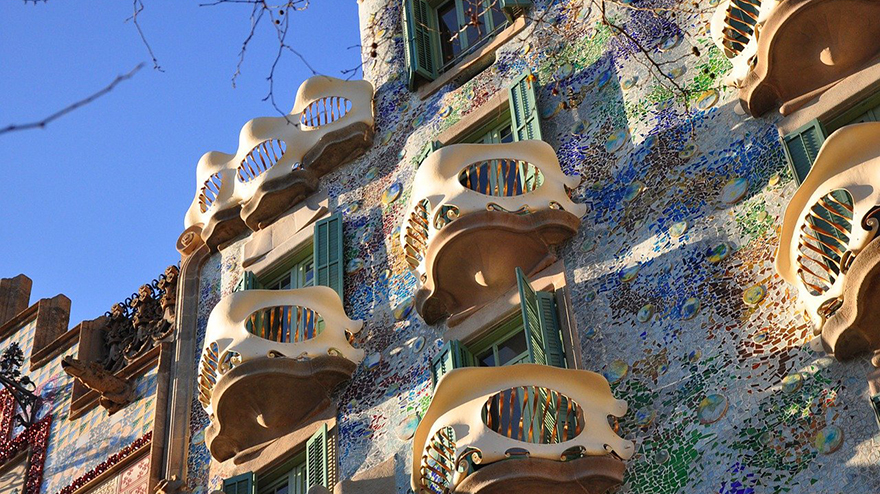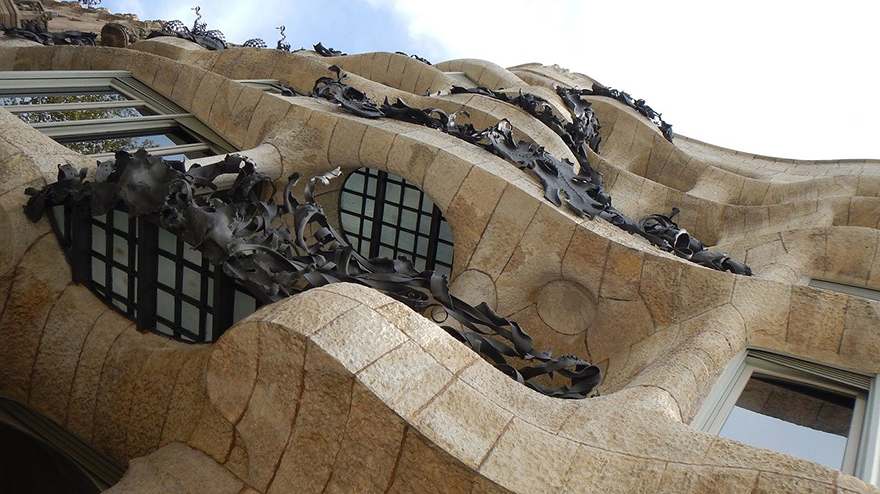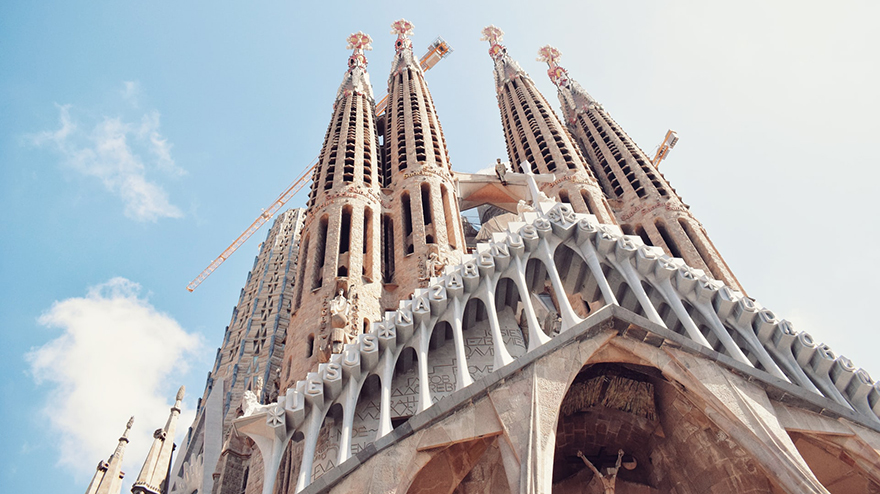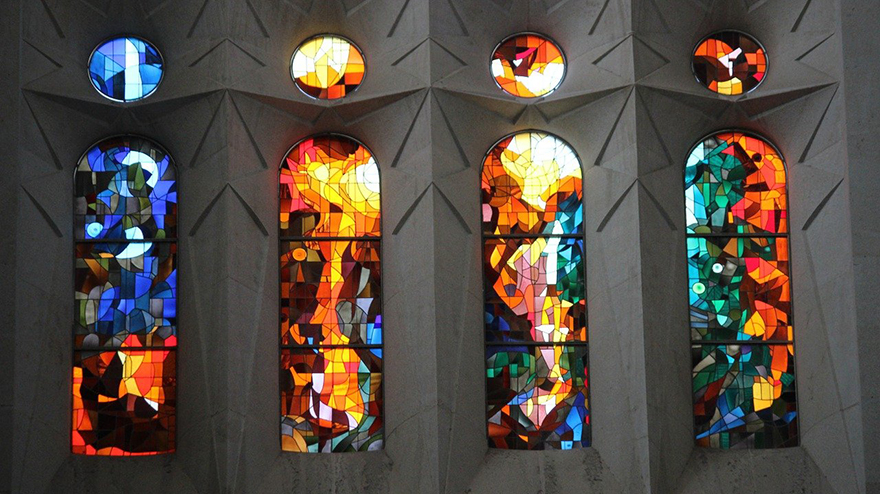
Splendid Buildings of a Spanish Architect Antoni Gaudi i Cornet
Antoni Gaudi, son of a coppersmith, was born in Reus, Spain in 1852. He never married in his life. He studied at Escola Superior d’Arquitectura in Barcelona. Throughout his professional life, he developed a freely flowing curvy, sensuous and surreal design theme. This led him to be the pioneer of the Spanish Art Nouveau movement.
Gaudi was among the influential Spanish architects who created a unique style by establishing a characteristically deformed formation of Gothic architecture that got attention and acclamation from many avant-garde designers. Influenced by the neo-Gothic style, Antoni Gaudi was a significant part of the Modernista movement in the 19th and 20th centuries and he is considered a pioneer of modern architecture.
Antonio Gaudi’s designs are highly influenced by religion, nature and sui generis philosophy. He was a genius in using colours, textures and forms in a never-discovered way. Natural organic forms inspired Antoni Gaudi's architecture. He designed each detail of his projects.
Extraordinary works of the Catalan architect led to the creation of some of the most prominent masterpieces of architecture in the city of Barcelona. Most of his spectacular works are located in Barcelona. Apart from Antoni Gaudi's buildings, he also designed landscapes, sculptures and other artistic works.
Casa Batllo, Barcelona, Spain

Casa Batllo was a residential apartment building built between 1905 to 1907. It was built of concrete. Gaudi designed the building using elegantly curved forms and undulations on balconies. The design of the building is largely characterized by organic forms with no edges and corners and the façade shimmers in beautiful voluptuous tones and texture. The roofline resembles a dragon’s spine and is covered in ceramic tiles to depict scales. The colours of the tiles vary gradually from green, blue, violet, red and pink.
Casa Mila, Barcelona, Spain

Casa Mila is one of the most famous architectural buildings of Antoni Gaudi. Casa Mila was a multifamily housing edifice built around 1906 to 1910 in Barcelona, Spain. It was constructed in concrete and masonry. It comprises two buildings designed around courtyards. The architect used natural features, and sensuous curves for the façade as well as the interiors and roof form.
Curving balconies of wrought iron and the rough stone appearance of the façade are prominent features of his design. Chimneys sit amazingly on the roof. On the interiors, there were beautifully crafted wooden doors, furniture, tiles, ceiling designs, a staircase and numerous other artworks. This building lies under the UNESCO World Heritage Site.
Sagrada Familia, Barcelona, Spain

Sagrada Familia is a church built between 1882 to 1926 in Barcelona, Spain. The expansive church was built in masonry but its construction did not complete during Gaudi’s life. He merged elements of Art Nouveau and Gothic architecture in the building. The design of the Sagrada Familia architecture includes three eminent façades such as the Nativity façade, the Passion façade and the Glory façade. The architect adopted a naturalistic theme for the design decorated with sculptures and scenes from nature. This church is a symbol of the deep religiosity of the architect.
Antonio Gaudi’s work surpassed the prominent design themes within the eclecticism of the 19th century to create his unique aesthetic philosophy. All of the creations of Spanish architects are distinct masterpieces of architecture. Some of his grand buildings are significant parts of the UNESCO World Heritage Site.











